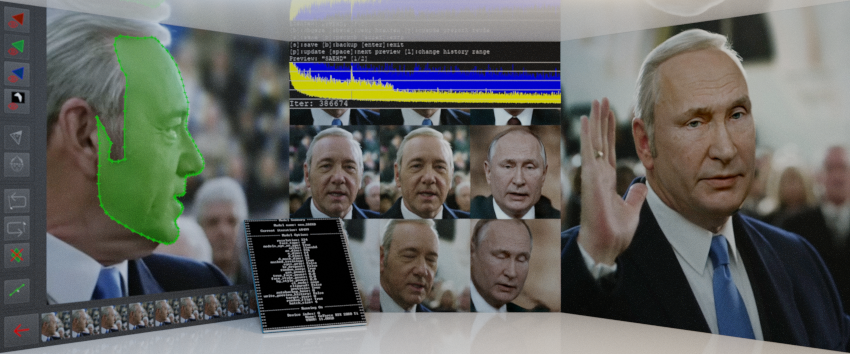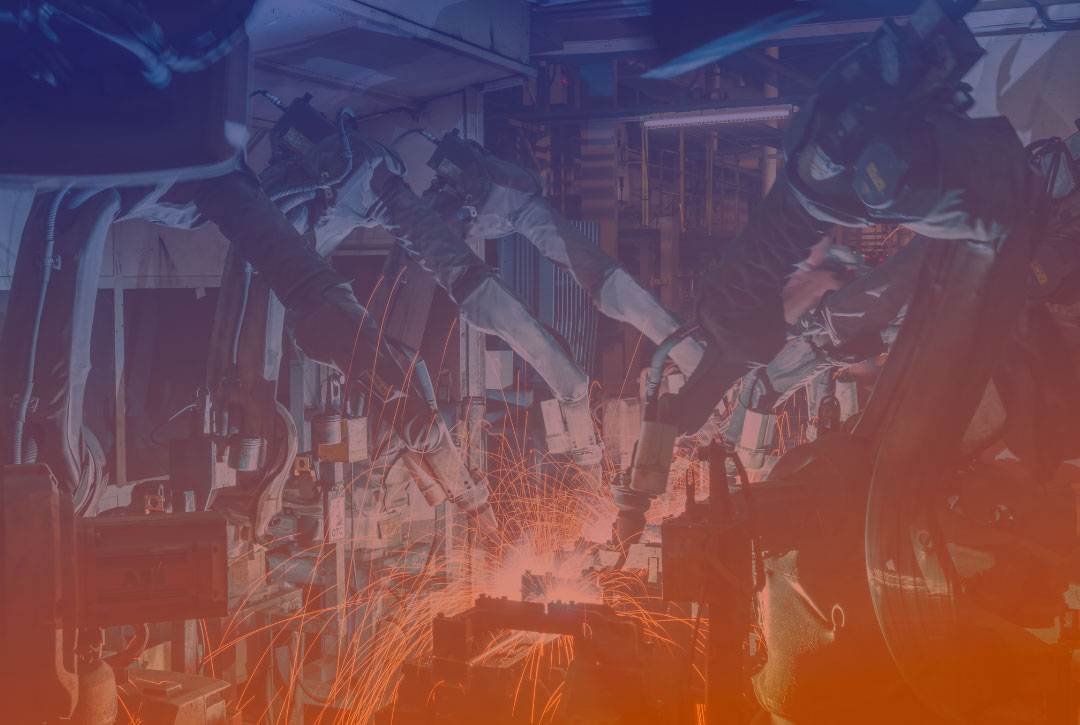Deepfake Detection: The double side of deepfakes
24 million euros transferred to criminals
A financial employee at a multinational company in Hong Kong was defrauded of an estimated €24 million.
The ingenious scam involved tricking the employee into participating in a video call with what he thought were several other employees, but were in reality all deepfake creations, Hong Kong police said at a press conference on Friday.
“In the multi-person video conference, it appears that everyone [die hij zag] was fake,” senior superintendent Baron Chan Shun-ching told city public broadcaster RTHK.
Chan said the employee became suspicious after receiving a message allegedly from the company’s Chief Financial Officer, based in the United Kingdom. Initially, the employee suspected it was a phishing e-mail because it mentioned the need for an undisclosed transaction. However, the employee abandoned his early doubts after the video call because the other attendees looked AND sounded like colleagues he recognized, Chan said.

So, the employee agreed to transfer a total of HKD 200 million (equivalent to 24 million euros) to 5 different accounts. The scam involving the fake CFO was not discovered until the employee later contacted the company’s headquarters.
This case is one of the recent events where it is suspected that scammers have used deepfake technology to modify publicly available videos and other material to defraud people of money….
What are deepfakes?
Deepfakes are digital manipulations of image and sound recordings, using advanced artificial intelligence (AI) to realistically replace people in videos or audio with other people or characters. The result appears lifelike, but in reality is entirely generated by computer software.
This deepfake technology uses so-called Generative Adversarial Networks(GAN), which were developed by researchers in 2014. These GANs learn to imitate people’s facial expressions, voices and movements by analyzing vast amounts of data. In 2017, nVidia made great strides in the development of GAN technology, making deepfakes even more realistic and accessible to users.
This allows malicious individuals or organizations to create videos in which it appears as if real persons are saying or doing things they never did. Today, the technology behind deepfakes is widespread and easily accessible to everyone. There are online platforms available where users can create free or paid deepfakes, such as this one. Moreover, thanks to user-friendly tools and tutorials, people with minimal technical knowledge can create their own deepfakes (e.g., with apps in the appstore).
Want to see how realistic a deepfake photo can be? Then look here. This site generates completely made-up faces that look like real people but do not exist in reality.”


Prevention and measures
The first step in preventing victimization by deepfakes is awareness. It is essential to understand what deepfakes are, how they are created, and why they are a threat. Deepfakes can range from manipulated voices to videos in which one person’s face has been replaced with another’s and even actively used during an online meeting.
Understand well that deepfake technology is still developing and making great progress every year, although on the Dutch market not much fraud has been committed yet with deepfake technology this does not mean that in the near future, this will not happen.
Below we describe 4 aspects that can help your organization.
1. Awareness within the organization
-
Make employees aware of the existence of deepfakes and the fact that they can also be used during meetings. Be critical; always approach unusual communications with a critical attitude. Do not underestimate the importance of ongoing education and training for employees on the latest cybersecurity threats.
2. Safety measures
- Implement multi-factor authentication for key financial transactions and processes. Furthermore, you can restrict access to specific sensitive data among employees as much as possible.
- Good security is very important; corporate data is often stolen and can possibly be misused later via deepfakes. Consider partnering with outside cybersecurity experts or services. For valuable insights and support.
- Finally, you can use tools to detect deepfakes; although few tools are currently available, Deepware is in beta.
3. Monitoring & Verification
-
Check the source and verify the sender of information, especially through digital channels. Watch for subtle clues such as abnormalities in voice or behavior. Also, conduct regular audits to verify that all security measures are up-to-date.
-
Establish a verification policy for important decisions; Agree that special requests (such as large financial transactions) must be made by a specific method, e.g., face-to-face, with no exceptions.
4. Report
-
Report all suspicious activity to the IT department and discuss it with employees so that colleagues can learn from it and the IT department can take action. Contact the police if you have been a victim of deepfake scams. Try to collaborate within the industry to be more resistant to deepfakes.
The benefits and opportunities of deepfakes
Deepfakes can be a valuable tool for research into human perception and machine learning. By creating and studying deepfakes, we can learn more about how people process information and how we can teach machines to better understand human emotions and behavior.
In the entertainment industry, deepfake technology offers unique opportunities. Consider the movie Fast & Furious 7, where deepfake technology was used to complete the film after the death of actor Paul Walker. David Beckham also used deepfake in a campaign, allowing him to speak in different languages without speaking the languages himself.
Deepfakes can also play a role in making technologies more accessible. Consider creating realistic and interactive AI chatbots that can help customers with questions and problems.
In education, deepfakes can create engaging educational content. Think deep-fake simulations of historical events or interactive deep-fake lessons that engage students in unique ways.
In health care, it can be used in psychology or for voice replication for ALS patients, as shown in the video to the right.
Strengthen your organization with Symbol
In the age of advanced digital technologies, organizations are more vulnerable than ever to the threats of deepfake technology. The shocking incident in Hong Kong in which deepfakes were used in a multi-million dollar fraud highlights the need for companies to take proactive measures.
Find out what we can do for you. With our expertise in digital transformation and quality management, we provide organizations with the necessary tools and training to address the risks while seizing the opportunities of digital innovation to strengthen operational efficiency and competitiveness in the digital age.

Digital Transformation
Symbol provides support for digital transformation processes, applying new digital techniques such as AI, RPA and Process Mining. These technologies can be crucial in recognizing and countering deepfakes, or if necessary, developing them. Find out how you can digitally transform with us.

Quality Management
With a functioning quality management system, such as ISO 9001, an organization can establish a solid foundation that can indirectly help manage risks, including risks associated with deepfakes. Symbol works with certified auditors to successfully implement these systems. This aspect of quality management is essential for ensuring the integrity and authenticity of business processes and communications. Find out how we can help you ensure quality.
Also interesting to read
Klarna saved 40 million with AI but lost the trust of its customers
Klarna saved40million with AI but lost the trust of its customersThe question sounds absurd: how do you eat an elephant? But the answer is surprisingly simple and powerful: one step at a time. This metaphor is often used to describe how to tackle large, overwhelming...
How do you eat an elephant?
Dutch productivity is falling again - and that offers precisely opportunitiesLabor productivity in the Netherlands fell again in 2024, CBS figures show. While the economy is growing, the output per hour worked is actually decreasing. A signal that traditional ways of...
From Theory to Practice: Junior Consultant at Stoneridge
From theory to practice: Junior Consultant at Stoneridge Before working at Symbol, Junior Consultant Wisse Bos had never heard of a Production Part Approval Process (PPAP). Now he knows all the terms associated with a PPAP - such as PSW and PCN - like the back of his...


